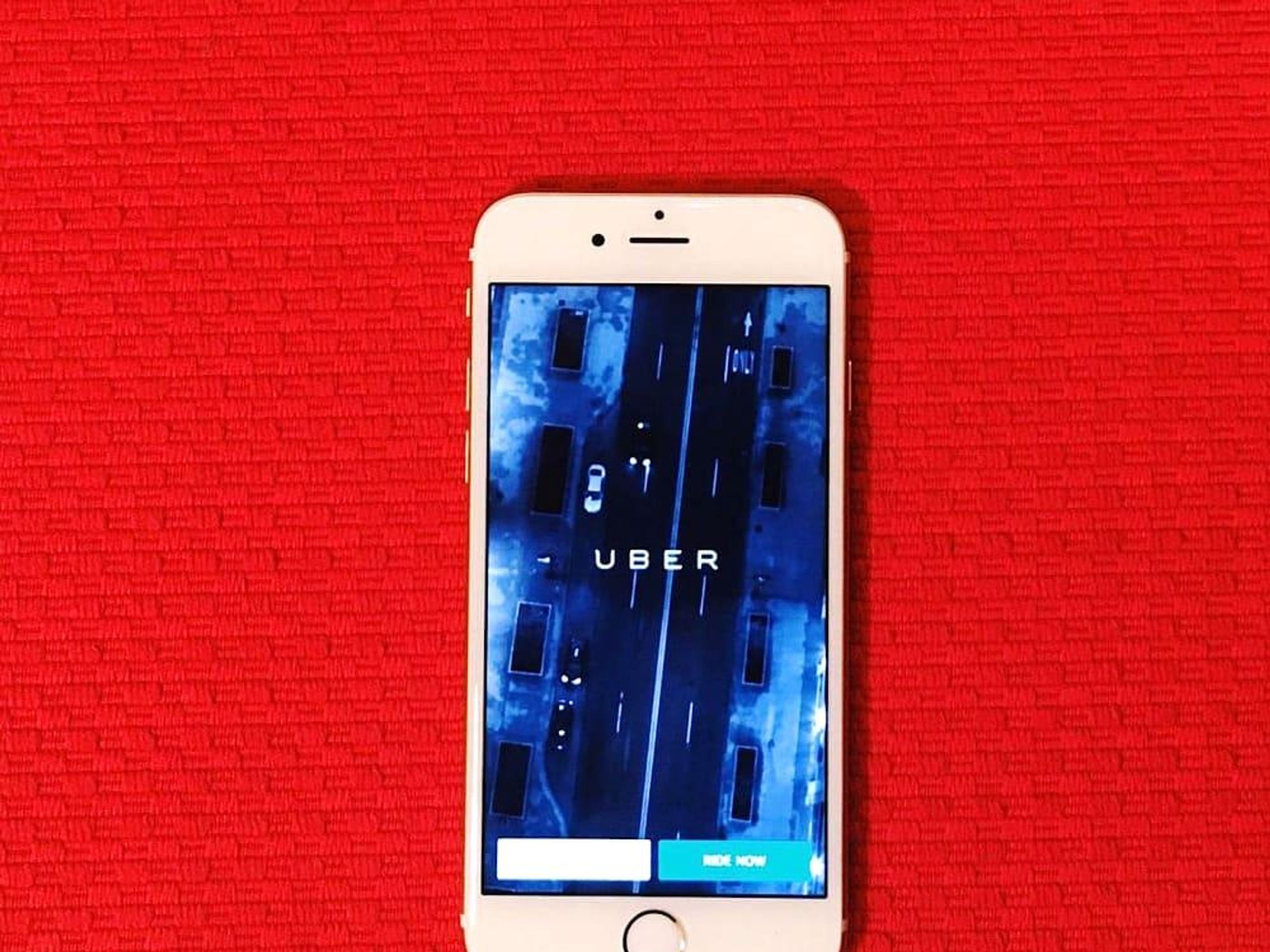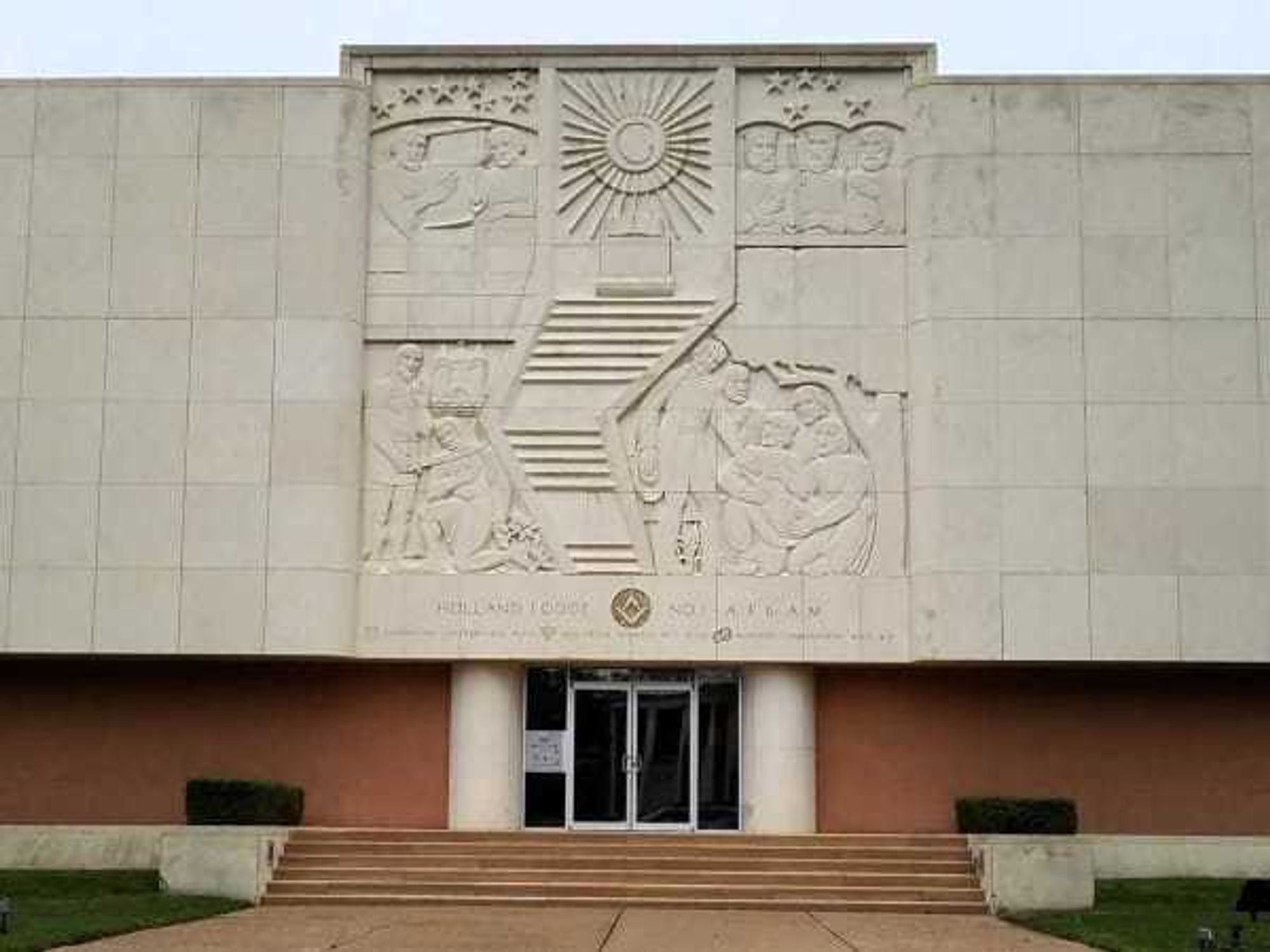Ride smarter
Uber puts it in reverse with app tipping feature and more changes on the way

Ride-sharing giant Uber is making some major changes, with in-app tipping at the top of the list.
The company has launched its "180 days of change" campaign, with several new policies set to roll out city-by-city over the next six months. Among the most prominent is the ability to add a tip via the Uber app — a feature that went live in Houston, as well as in Seattle and Minneapolis, on Tuesday.
Despite driver protests over the years to allow tipping, the option has not been available until now due to the company's belief that it was better for riders and drivers to know exactly how much they would pay/earn per trip, without the variable. But after a class-action lawsuit last year about whether it can call its drivers contractors, Uber started allowing drivers to encourage passengers to tip with cash.
The announcement came the same day as ride-hailing competitor Lyft, which returned to the Houston market earlier this month, announced that its drivers have earned more than $250 million in tips. Lyft has allowed riders to tip with the app since 2012.
If you’re wondering the appropriate amount to tip, Constance Hoffman, owner of St. Louis Missouri-based etiquette firm Social and Business Graces and author of the booklet “Tips on Tipping,” suggests a base tip of $1 to $2 per passenger for short trips, increasing that amount to account for traffic, road construction, distance, or other inconveniences.
Also coming this month is an update to Uber’s cancelation policy. Expect to pay a fee if you cancel your ride after more than two minutes (down from five minutes).
Other features on the way over include no more unpaid wait times (the meter will start running two minutes after your driver’s arrival) and optional injury protection insurance for drivers (those who opt in will pay $.0375 cents for every mile there is a passenger in the car).
Uber is the midst of a shakeup amid allegations of sexual harassment and unsavory business practices. Much of the spotlight has been on the company’s corporate structure, while little focus has centered on drivers until now.

 The building at 4911 will be torn down for the new greenspace. Holland Lodge No. 1, A.F. & A.M./Facebook
The building at 4911 will be torn down for the new greenspace. Holland Lodge No. 1, A.F. & A.M./Facebook